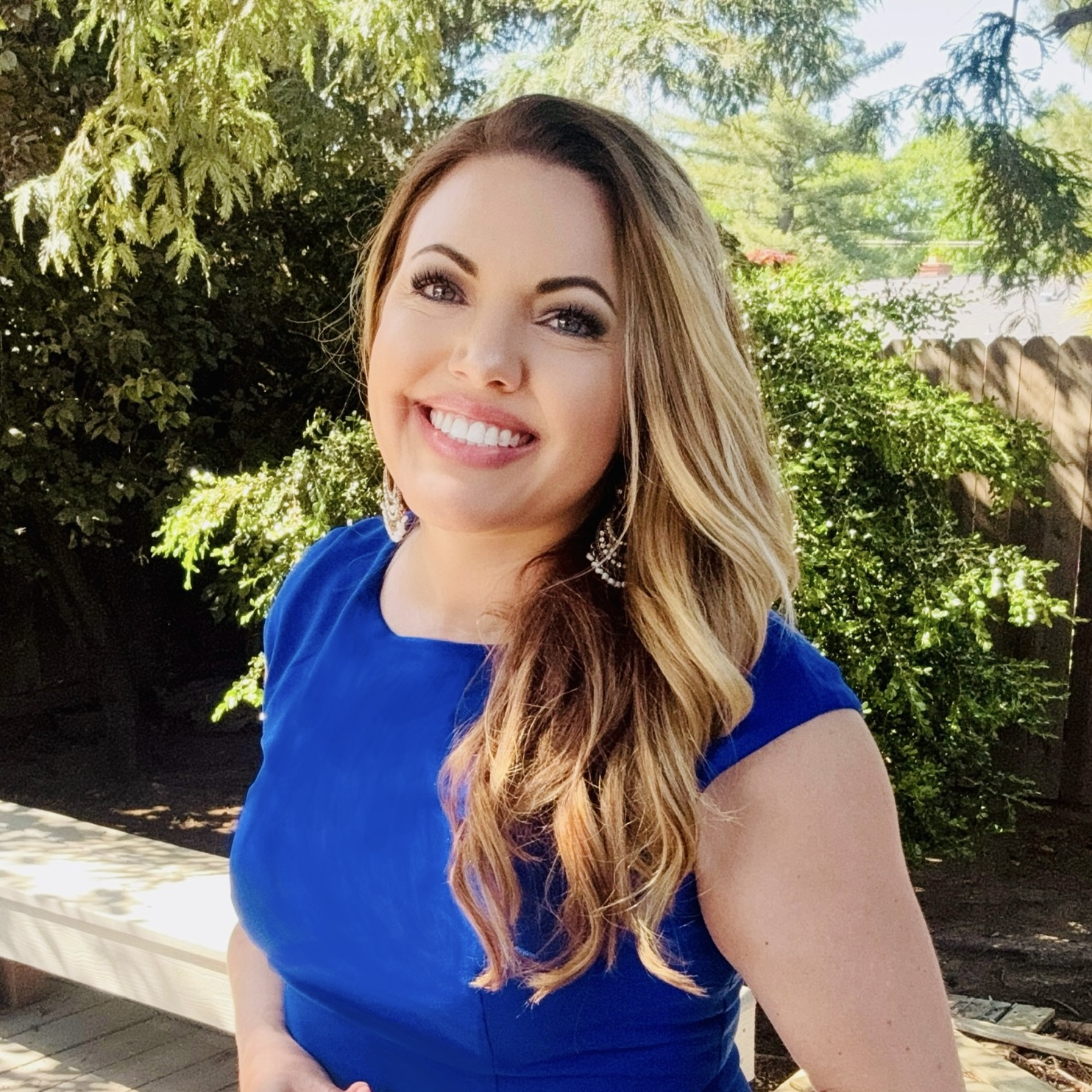Restorative Circles
- Kristen Miller, EdD

- Oct 20, 2018
- 3 min read
My organization has been given an incredible opportunity to do some youth empowerment coaching at a middle school this school year. In doing this important work, I have been spending the last couple months building relationships with select students who are struggling with behavior, grades, attendance, and success in general.

Case in point, an eleven year old boy named Nathan. Nathan has been blowing out of many of his classes, cussing teachers out, kicking classroom doors, and generally wreaking havoc on the learning environment. One morning as I pulled into the school, one of Nathan's teachers approached me and said that Nathan had a rough morning and cussed him out for the second time in the last two weeks. This teacher, Mr. Jones, has been amazingly receptive in working with me and implementing various techniques to help these kids. So I asked Mr. Jones if he would be willing to try a restorative circle with me and Nathan. He graciously said he would.

During lunchtime, Nathan, Mr. Jones and I sat down in Mr. Jones' classroom and went through the restorative circle process. Essentially, what happens is each person recounts their own version of events that have happened from their perspective, then answer a series of questions about the event and what harm may have been done. Nathan went first. He said that what he remembered was being sent outside after chasing another kid in class, then given a class suspension unfairly when the other student didn't get a class suspension. Nathan was pretty closed off at that point. So we then switched and started going through the questions with Mr. Jones.

Mr. Jones explained what he remembered from the incidents, and explained how Nathan cussing him out affected him. He explained that ultimately he never wanted to suspend Nathan, and that he loved having Nathan as a student and was hoping Nathan would join one of his clubs. Nathan began to warm up at this point, and apologized to Mr. Jones. Later that day I walked Nathan over to Mr. Jones' after-school club, where he participated enthusiastically.

I sent out an e-mail to the rest of the school staff explaining the power of this process and asking other teachers to let me know if they wanted more information and/or to try this process with any of their students. I was pleasantly surprised when a few teachers asked for help, and we are scheduling time to circle in the next week.

I'd like to take a moment to recognize how difficult it can be as a teacher to put your pride aside and have open, vulnerable conversations with students after they have been disrespectful, defiant, and blatantly disregard your rules, requests and learning environment. Many teachers look at this situation and close themselves off from the student who has been so inappropriate - they shut the student out of their classroom physically and emotionally/mentally from their good graces. I am no saint - having spent 12 years in education there have been students that I have done this with as well, realistically because in many ways it's easier. You "get the problem out of your classroom" and you then have the ability to focus on the 34 other students who aren't being disrespectful and ARE following your rules. The problem with this thinking is that kids don't end up learning from their mistakes, and keep repeating the bad behavior over and over and over again.

If we are truly trying to make a difference, sometimes we need to set aside our pride and be willing to go out on a limb and be open, honest and vulnerable with these kids. In doing this over the last twelve years, I've seen tremendous changes in students that would have otherwise been lost in the system. Your vulnerability can be one of your greatest assets as a teacher.

So the question is this - do you have what it takes to set aside your pride for the greater good of future generations?
I'd love to know your thoughts...
#restorativecircle #restorative #circle #justice #restorativejustice #relationships #buildingrelationships #behavior #grades #attendance #success #students #teachers #cussingout #process #questions #perspective #closedoff #incident #suspend #club #join #enthusiastically #open #vulnerable #disrespect #defiance #closedoffshutout #vulnerability




Comments